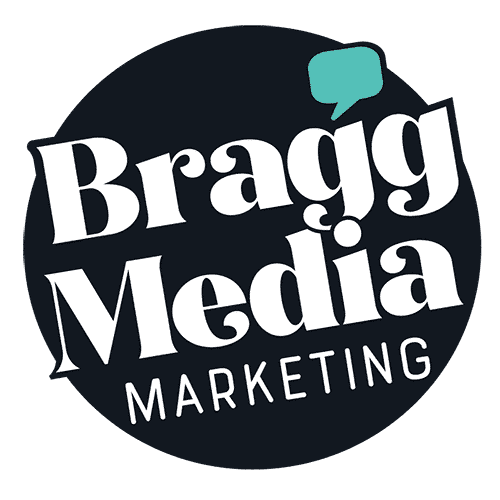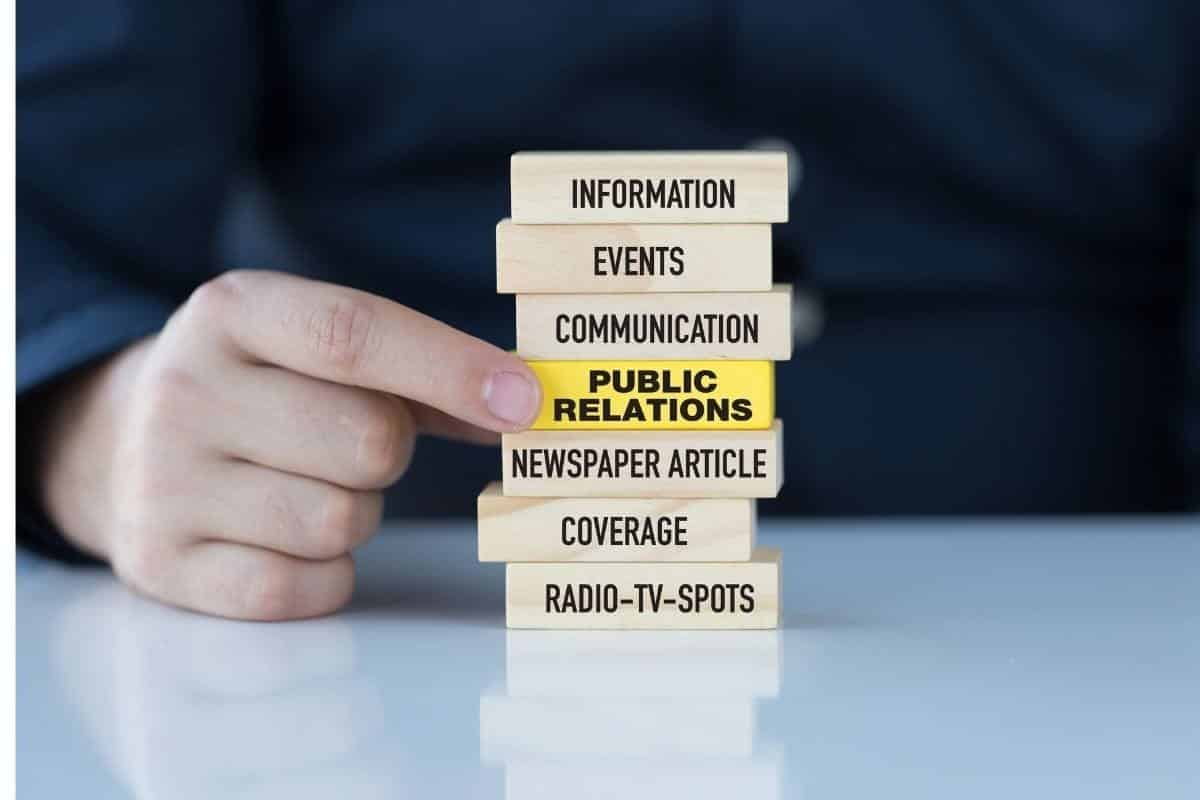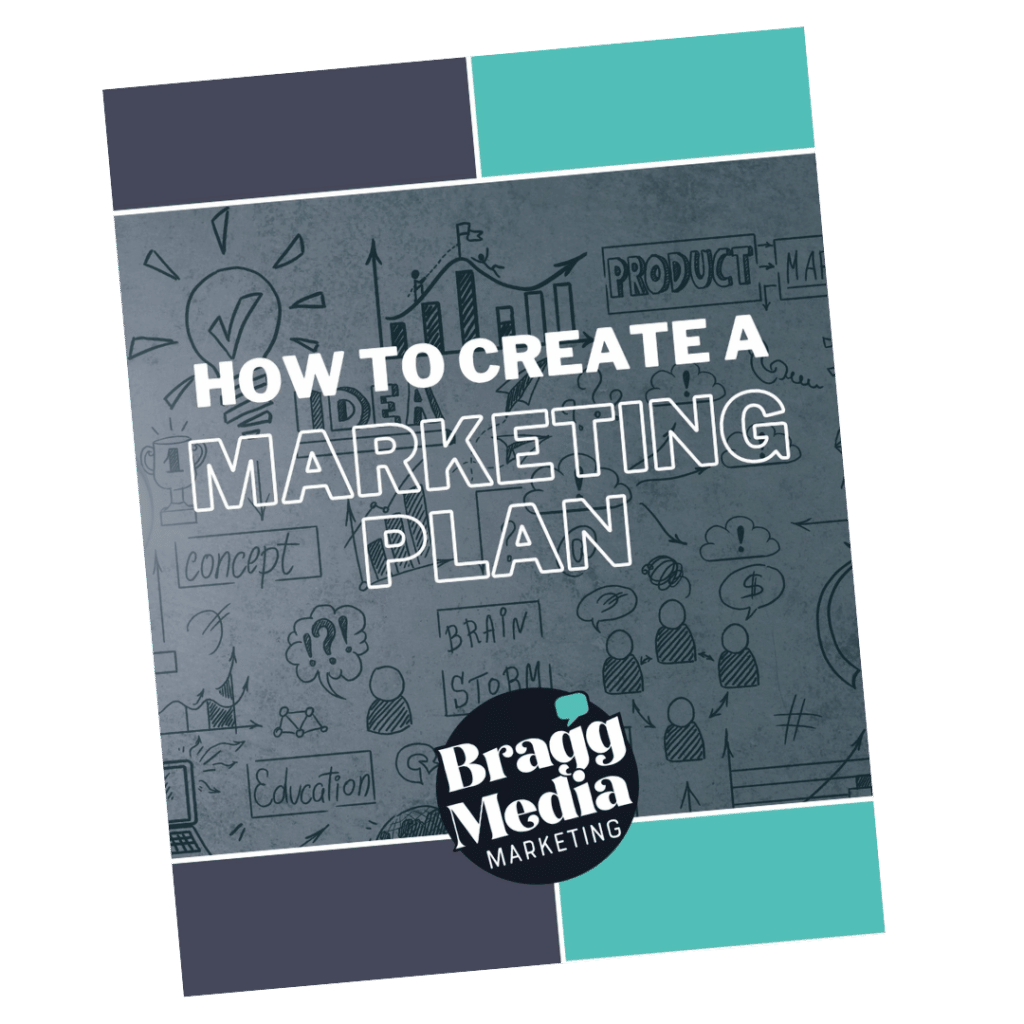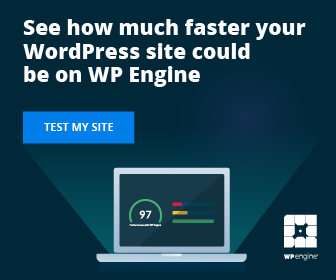If you’re a small business owner, don’t fall into the trap of thinking you don’t need public relations — because you do need it. PR builds and manages the reputation your brand has in the community. It’s the conversation that people have about you when you’re not in the room.
Rest assured. You don’t need an expensive monthly retainer with a swanky PR firm. We have some easy PR ideas that will help elevate your brand’s image.
First, know the difference between PR and marketing
It’s common to confuse marketing with PR. However, when you understand the difference, you’ll be able to take the necessary steps to promote your business.
Marketing promotes your products and services with advertising campaigns, social media, e-newsletters, blog posts, etc. PR isn’t focused on promoting whatever it is that you’re selling. PR builds and manages your public image. It’s letting the community get to know your personality and then facilitating how its perceived by the world at large.
The big difference between marketing and PR? Marketing is typically about paid advertising, whereas PR is earned awareness. PR doesn’t pay for publicity; instead, it earns media coverage.
When you see a business on the news donating money to a worthy cause, issuing a statement that stands by certain core values or even holding a joyful open house. That’s good PR.
Second, try these 8 PR ideas to generate buzz
1. Pitch a story idea to local newspapers, magazines, TV news, online news or radio
If there’s something unique about your business, let the local media know.
While your new business is unlikely to be the feature centerpiece on the 6 o’clock news, you might be mentioned in a news brief. What really sets your business apart? Do you offer a product or service that isn’t available in the area? Do you make a point of hiring veterans, people with disabilities, abuse victims, etc.?
If you can’t think of a story to write, try being reactive to other local news stories. If you see a business story on air or in the newspaper that you can relate to, write a reaction piece. You don’t have to write a full story — just enough to give the reporters an idea of why this would be a good follow-up story.
When you communicate your story to journalists, just remember that the most important thing they’ll want to know is why this story matters. Or in other words: Who cares? The story has to be compelling to their readers/viewers.

2. Sponsor an event or a local sports team
An easy way to get free publicity? Sponsor an event!
If you own any type of venue — such as a bar or restaurant — host an event at your business. This is difficult to do during a pandemic, but think outside the box. What are some fun, socially distanced ideas to keep your community engaged?
If you own a shop or another form of small business, you could sponsor an event, an organization or an athlete. This could include sponsoring local youth sports. When parents, kids and coaches see your logo on jerseys, they’ll remember that you played a part in supporting their sport.
3. Give back without humble bragging
There isn’t a better way to leave a lasting impression in the community than giving back! If you don’t have a lot of money to spend, consider donating services, products or your time to a charitable cause, such as a fundraising auction or food drive. You could even volunteer to make your business a drop-off location for donations, or find a different way that your business can help out with a charitable event or cause.
The key is to show the public that you’re giving back because you are part of the community and that you care, not because you want an “Attaboy.”
Avoid making yourself the complete center of the story. Instead, focus on the organization or the cause you are supporting. Be their brand ambassador. How can the community get involved if they want? Why did you decide to choose this particular cause?
4. Connect with social media influencers
Social media can help spread your story like wildfire. Start by finding and then reaching out to local influencers. This could be Facebook page admins, Instagrammers, TikTokers or even YouTube vloggers that have amassed an impressive fan base. Ask them to try your products or services.
Some influencers will do this for free, others will expect something in return — a free meal, free products, free stay, free samples, etc. The downside is that you’ll have no control over what the influencer ultimately writes/posts about your business. The upside is that it will lead to social media hype for little to no cost.
5. Try online DIY PR tools
There are a plethora of online services and tools with minimal fees (some are free):
Help A Reporter Out (HARO): This service is run by Cision and gives you access to reporters, bloggers and other media influencers who need an industry expert to comment on a story idea. When you sign up as a source, you receive a free HARO e-mail digest that lists the most recent queries. Most of these story ideas are time stamped, so be sure to pay attention to all of the details.
MuckRack: This is a social media outlet for journalists. If you’re looking for the science and health writer for a specific medical journal or the food editor of a newspaper, you can search their database of journalists. With a free account, you can access basic information but you’ll have to upgrade to a paid account to access contact information and some of the site’s other handy services.
MyBlogGuest: If blogging plays a major part of your marketing strategy, then this website will connect you to bloggers who cover your industry. They can guest blog for you or you could pitch them ideas on what to blog about. Blogging helps build links and domain authority for your website. You can sift through their forums for free.
Google Alerts: Monitor your online presence by setting up e-mail alerts. Whenever someone writes a blog, an article or mentions you somewhere in the deep corners of cyberspace, Google will e-mail you. This is a free service.
PRLog: This is a free press release distribution service. To get started, you set up an account and post your press release. PRLog creates a search engine optimized web page for the press release. You can select locations, industries and tags. This include video press releases as well. They also offer “discounted distribution” to the media. You can view statistics to see how well this service is working.
6. Show your customers that you care
If you want people to say good things about your business, make an effort to show your
customers that you care about their business. This can be as simple as sending a cute thank you card to past customers, offering specials for first responders or Veterans, creating a loyalty program or punch card for frequent customers. It doesn’t have to be a huge, expensive gesture, but doing something small just to show your customers you appreciate their business can encourage them to tell their friends and family about your business.
7. Keep up with your business reviews
Be sure to pay attention to what people are saying online. Set up notifications for reviews on Yelp, Google, Facebook, etc.
It’s also important to respond to your reviews — both the good and the bad. People will appreciate it if you thank them for a positive review since they took the time to write it. But you should, of course, keep an eye out for negative reviews and try to formulate tasteful, professional responses.
Need help figuring out how to respond to those negative reviews? Click here for tips on how to respond to negative reviews.
 Graphic Design Packages
Graphic Design Packages
Professional, convenient, flat-rate graphic design
8. Learn how to write press releases
Finally, probably the most well-known part of PR is writing press releases. Learn how to write a press release that gets noticed. Download our ebook today and learn:
- How to find your news angle
- The anatomy of an effective press release
- The right way to send a press release
- How to set up your database of contacts
- How to deliver a powerful final pitch
 Website Design
Website Design
Affordable website design with a process that works for you.



